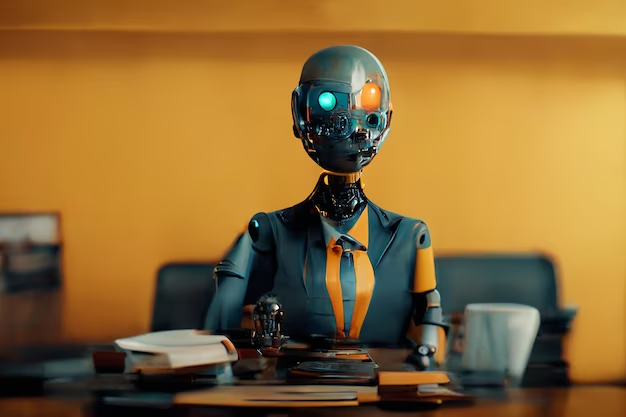How AI is working its way into the contract process
Conveyancing is known for its data rich process that require hours of searching and cross-checking. Can AI help bring the work hoiurs down without missing the detail?

BEYOND the actual conveyancing process, Shane Budden, Special Counsel at the Queensland Law Society, says that another area in which generative AI will eventually apply is in reviewing, comparing and drafting property contracts. In doing so, he notes that other jurisdictions have moved further down this course.
“In the United States, AI is already being used for contract review in a bg way,” he says. “You’re seeing a lot of forms creating products that they’re selling into law firms.”
Others, Budden notes, are using products that have been built on the back of LLMs. This includes apps such as Casetext and Harvey.
However, Budden points out that, to date, most of these models tend to deal with case law commercial contracts rather than property.
“Contract drafting for residential property is a little different from commercial contracts,” he explains. “Most people use a standard contract, so at the moment there is only limited utility in developing something similar for the conveyancing space.”
“Where it will be valuable, though, is in its ability to generate leases and deeds, and non-standard contracts and clauses that you might find in commercial property.”
No widespreads job losses (just yet)
Shane Budden also says that, while generative AI will revolutionise conveyancing practice, any fears that the profession being ‘wiped out’ by technology, are premature. One reason for this is that most of the AI innovations that take place will be aimed at convincing businesses rather than the general public.
“It won’t be as though people will decide to do their own conveyancing through AI to the exclusion of using a conveyancer,” he says.
“It’s just not commercially viable to develop a model aimed at the general public, who buy or sell a property on average only a few times in their life,” he points out. “Instead, it’s more likely that AI will be developed that makes sense for conveyancers and property lawyers to invest in because it allows them to do their job more efficiently and cost-effectively.”
Budden argues that there are essentially human tasks involved in the conveyancing process, including navigating things like pest and building inspections, which can’t be handed over entirely to AI.
What he believes will be interesting, however, is how the legal and conveyancing professions bring on junior practitioners when there is less of the ‘grunt’ work to be done. This, he says, has been the traditional way new professionals learn before moving onto higher level and more value-adding work.
Joel Barolsky, Managing Director of Barolsky Advisors and Senior Fellow of the University of Melbourne says that there are already models for how technology can impact some jobs in a sector but also create new ones.
“If you look at how CAD (computer-aided-design) impacted architects. There once were rooms full of draughtspeople drawing up plans for buildings. Now they’re all made redundant.”
However, he also notes that CAD opened up new efficiencies, as well as new opportunities.
“CAD transformed the customer experience and the way architects work. They could suddenly collaborate across multiple locations and show clients 3D renderings of buildings before they’re built.”
“Designing a 40-storey building used to be a time-consuming and difficult process, now architects can do it in a day,” he explains. They can even design buildings that just weren’t possible pre-CAD.”




